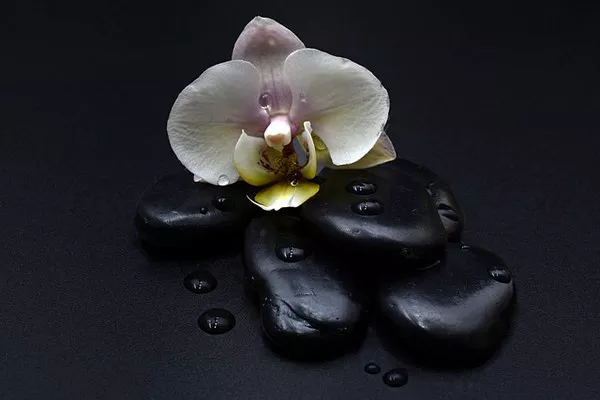Cut flowers have the power to brighten up a room, evoke emotions, and serve as a means of communication. However, their natural beauty is fleeting, often lasting only a few days. With the right techniques, you can extend the lifespan of cut flowers and enjoy their vibrant colors and fragrances for a longer period. This article delves into the science and art of preserving cut flowers, providing valuable insights into enhancing their longevity.
The Science Behind Flower Preservation
Understanding the physiological processes that occur after flowers are cut is essential for effective preservation. When a flower is severed from its stem, it loses its primary source of water and nutrients, disrupting its natural balance. As a result, the flower begins to wilt and lose its vitality.
Water Management
One of the fundamental aspects of flower preservation is proper water management. Flowers continue to absorb water even after being cut, so it’s crucial to provide them with a fresh source of water. Here’s how:
Clean Vase: Start with a clean vase to prevent the growth of bacteria that can clog the stem’s water-conducting vessels.
Fresh Water: Use lukewarm water to fill the vase. Cold water can shock the flowers and hinder water uptake.
Stem Cutting: Before placing the flowers in the vase, recut the stems at an angle to create a larger surface area for water absorption.
Remove Leaves: Submerge the stems only, as leaves in water can promote bacterial growth. This allows the flowers to channel more energy into blooming.
Nutrient Supply
Flowers require nutrients to stay fresh and vibrant. Commercial flower preservatives are available and can be added to the water to provide essential nutrients and inhibit bacterial growth. These preservatives often contain sugars to nourish the flowers, citric acid to lower the water’s pH, and biocides to prevent bacterial growth.
Temperature and Environment
Temperature and the surrounding environment play a significant role in flower preservation:
Cool Location: Keep cut flowers in a cool area away from direct sunlight, heat sources, and drafts. High temperatures can accelerate water loss and wilting.
Avoid Fruits: Keep flowers away from fruits, as they release ethylene gas, which can cause premature aging and wilting of flowers.
Specific Flowers, Specific Care
Different flowers have distinct characteristics and care requirements. Some general tips include:
Roses: Remove thorns that will be submerged in water to prevent bacterial growth. Change the water every 2 days.
Tulips: Place tulips in cold water to keep them firm. Re-cut stems under water to prevent air bubbles.
Daffodils: Soak daffodils separately for a few hours before combining them with other flowers. They release a sap that can harm other flowers.
Lilies: Remove pollen to prevent staining and potential petal damage. Avoid placing lilies in direct sunlight.
Orchids: Orchids prefer minimal water. Mist them occasionally and keep them in a humid environment.
FAQs
1. Can I use sugar or aspirin as a homemade flower preservative?
While sugar and aspirin are often suggested as homemade preservatives, they might not provide the necessary balance of nutrients and pH regulation that commercial flower preservatives offer. It’s best to use dedicated flower preservatives or follow the steps outlined in the article for optimal flower preservation.
2. How frequently should I change the vase water?
To maintain the freshness of cut flowers, change the vase water every 2 days. Before changing the water, recut the stems to ensure continued water absorption.
3. Can I preserve flowers in the refrigerator overnight?
Yes, refrigerating flowers overnight can help extend their lifespan. Place the flowers in a plastic bag with some water to maintain humidity. However, avoid placing fruits in the same refrigerator, as they release ethylene gas that can harm the flowers.
4. Is it okay to mist the flowers with water?
Misting flowers can be beneficial, especially for flowers that prefer higher humidity, such as orchids. However, avoid misting flowers that are susceptible to mold or fungal growth, as excess moisture can encourage these issues.
5. Why do my flowers wilt even with proper care?
Some flowers inherently have shorter lifespans, and external factors like the quality of the flowers at purchase, their maturity when cut, and their exposure to extreme temperatures during transport can affect their longevity. Additionally, if the stems aren’t recut, if leaves are submerged in water, or if bacterial growth isn’t prevented, wilting can occur despite your best efforts.
Conclusion
Preserving cut flowers requires a blend of scientific understanding and mindful care. By providing proper water, nutrients, and the right environment, you can significantly extend the lifespan of your favorite blossoms.With the tips and techniques outlined in this article, you can transform your cut flowers into lasting pieces of natural art, enhancing the beauty of your living spaces and brightening your days.


